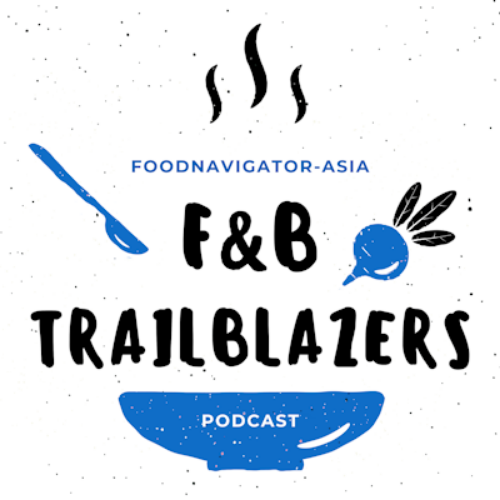China COVID-19 updates: 'Low-risk’ food imports that test positive for virus allowed, but frozen items still in the cold

China has been adamant in its implementation of conducting COVID-19 testing on food and beverage imports into the country, particularly for frozen foods, with local researchers continuing to insist that frozen food can carry the virus as recently as July this year, and making food firms sign mandatory guarantee letters promising to comply with China’s COVID-19 measures.
Most recently, more than two years after the COVID-19 virus first emerged in Wuhan, China back in December 2019, it seems the government is finally moving to relax these import regulations for foods and beverages - possibly signalling its intent to get its international trade back on track – but cold-chain items are unfortunately not part of this relaxation.
“Recent research has shown that under normal temperature conditions, COVID-19 has a short survival time on the surface of most items and is completely inactivated within one day,” China’s State Council Comprehensive Team of COVID-19 Joint Prevention and Control Mechanism stated via a formal statement.
“In order to ensure the safety of imported foods and beverages [whilst also] stabilizing the economy and securing development to ensure the stability of China’s industrial and food supply chains, [some changes will be made] to entry regulations for food and beverage imports into China.
“First of all, there will be comprehensive and scientific classifications and adjustments made – [one of these will be] to classify imports into low-risk and high-risk. This is limited to imported foods and beverages that are transported at temperatures above 10°C.
“Low-risk items need to meet at least one criteria such as to either be from countries with low COVID-19 risk, have been transported in non-cold-chain temperatures for at least 24 hours, and/or have implemented preventive disinfection measures.
“All other items that do not meet any of the above criteria or which risk level cannot be determined will be assigned as high-risk [and will] be subject to stricter import measures to be determined as deemed appropriate by local authorities.”
Notably, COVID-19 nucleic acid testing will no longer be implemented for low-risk food and beverage items entering China, so these are now no longer at risk of being returned to their country of origin or destroyed outright upon testing positive.
In addition, the government has also specified that no local authorities will be allowed to introduce any stricter control measures on imported non-cold-chain food and beverage items, and will need to act in accordance with this latest ruling.
“All local authorities shall implement the control measures for imported non-cold-chain items in strict accordance with this latest ruling,” it said.
“Local management and implementation of these regulations must be promptly adjusted, particularly with regard to any relevant pending items [still in storage], and no further layers of governance [are to be] added.”
Cold-chain items still out cold
However, this is not the case for cold-chain food items, as China has not included these in the regulatory revision and all cold-chain products continue to be considered high-risk, although the government has decided not to penalize the overseas food firms concerned.
“Imported cold-chain foods that test positive for COVID-19 nucleic acid material shall still be separated and disposed of in accordance with [local] provisions,’ said the council.
“However, emergency preventative measures such as the suspension of imports [from certain companies] will no longer be taken against the relevant overseas food production enterprises.”























